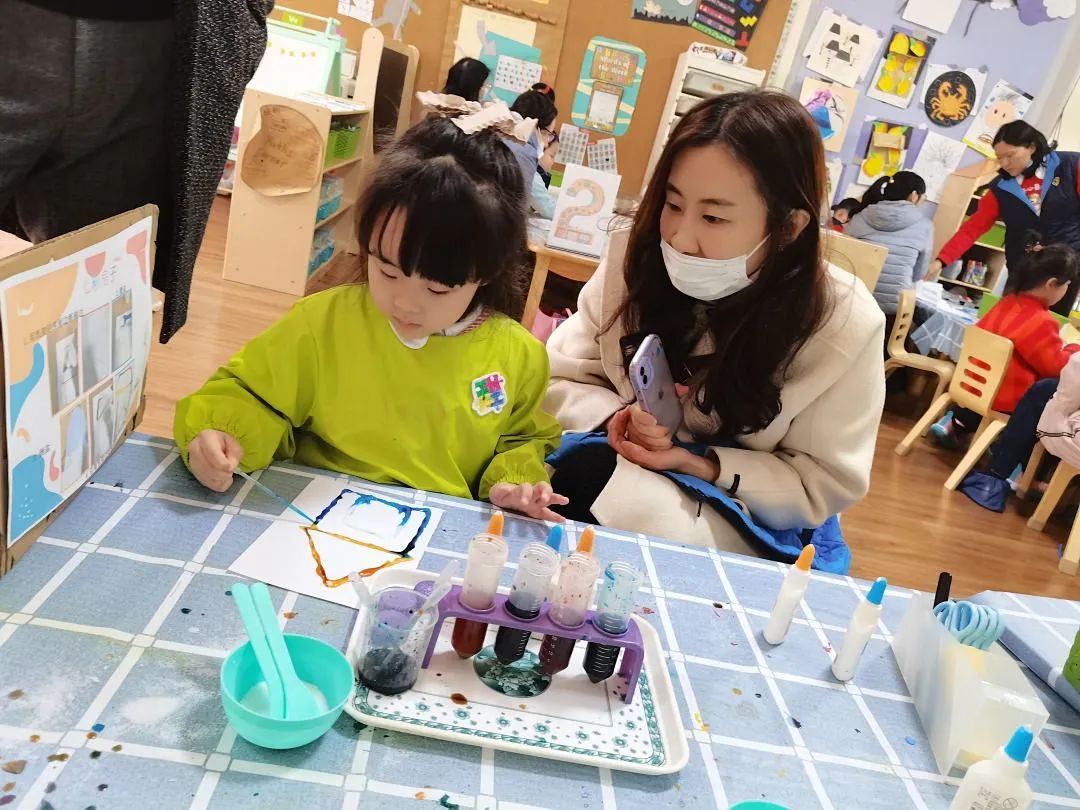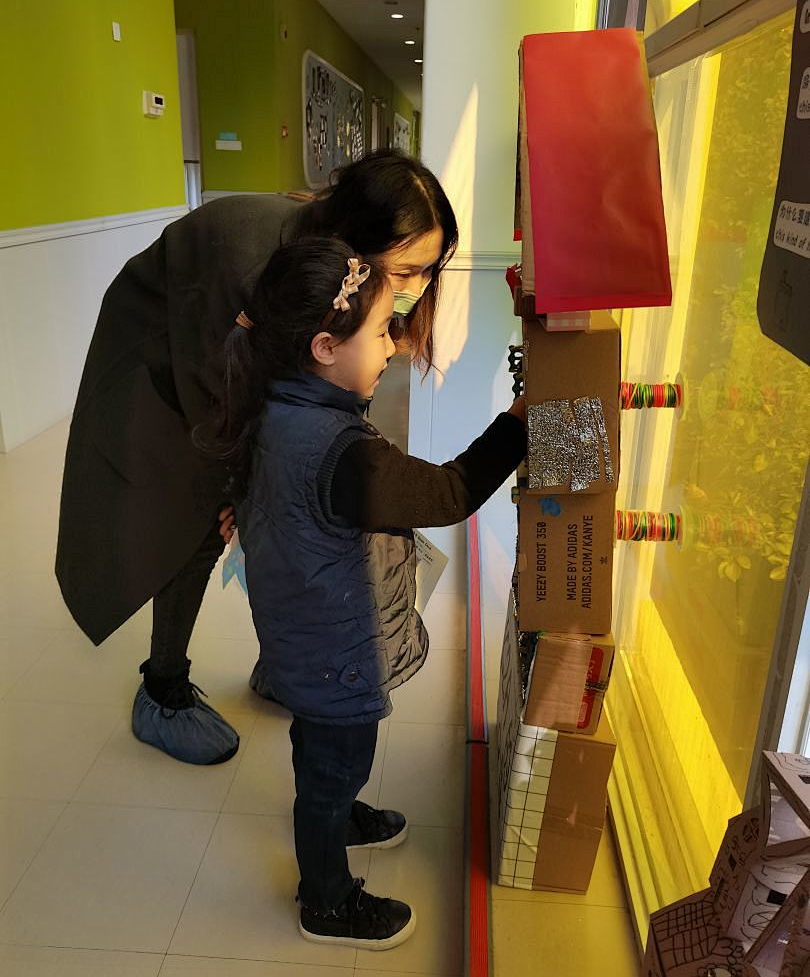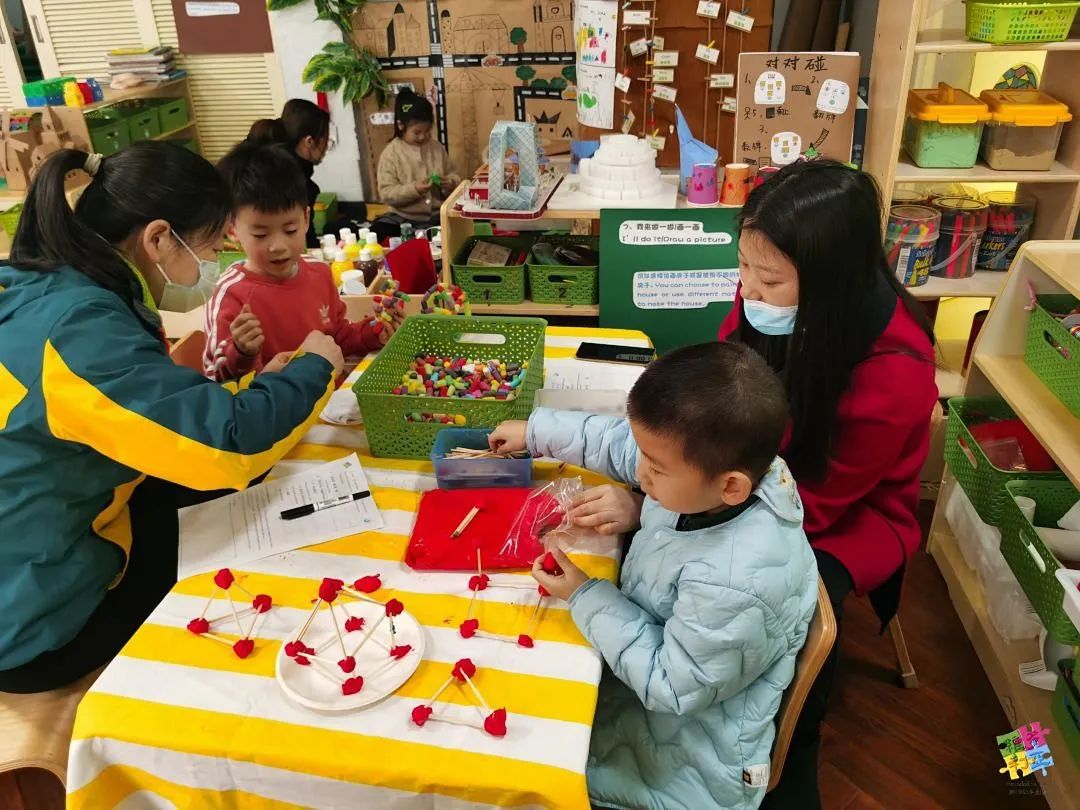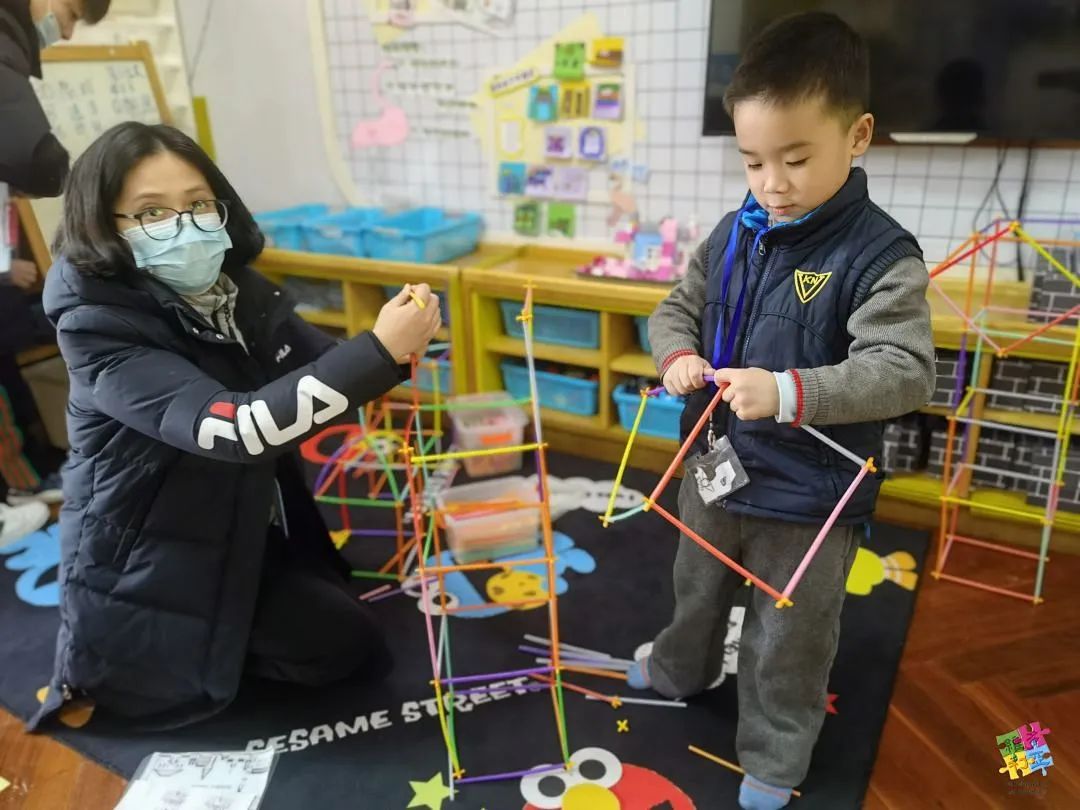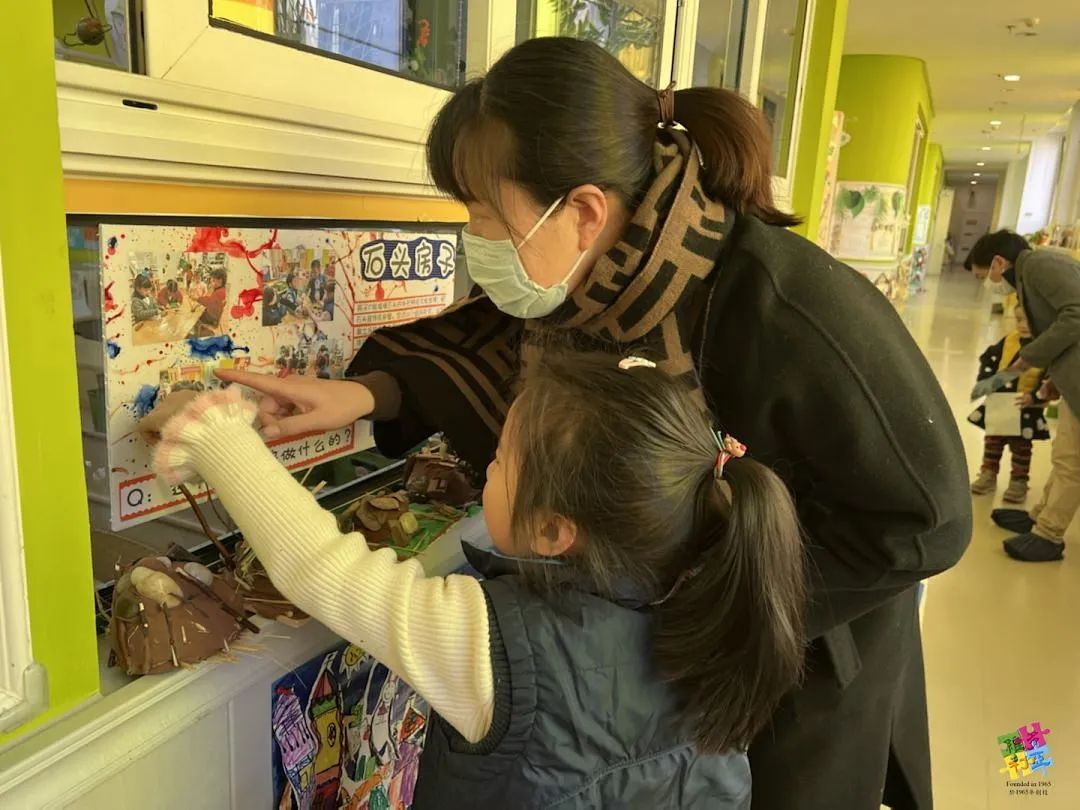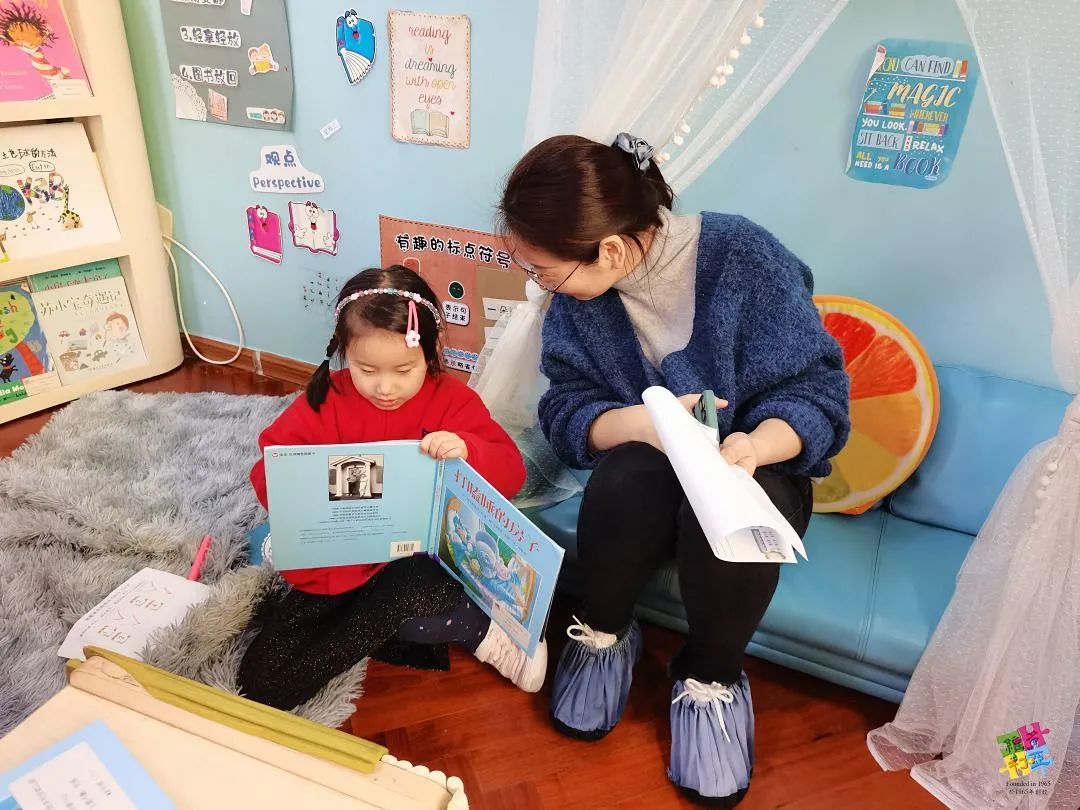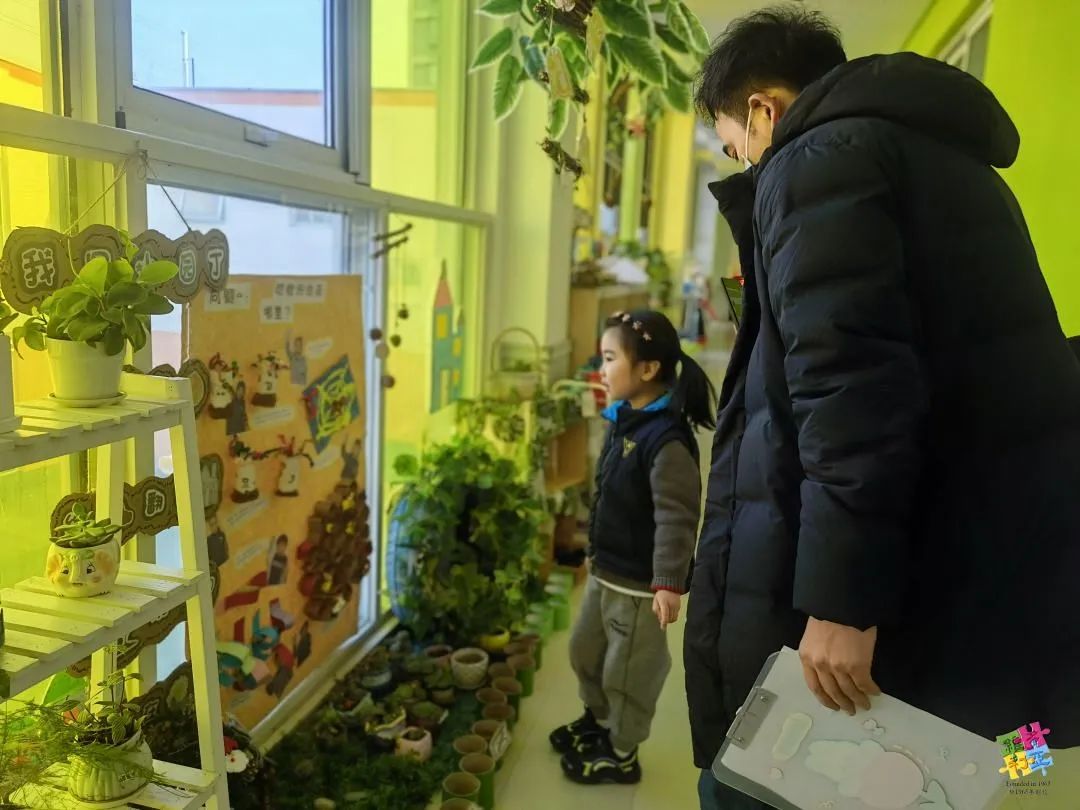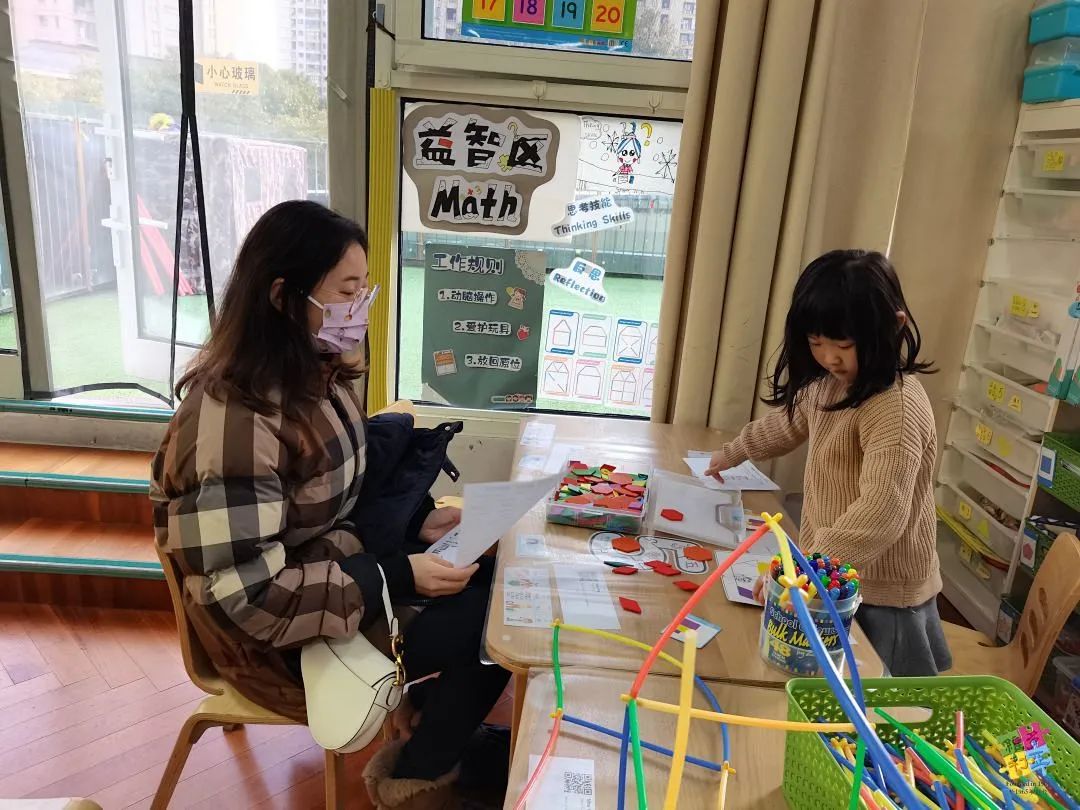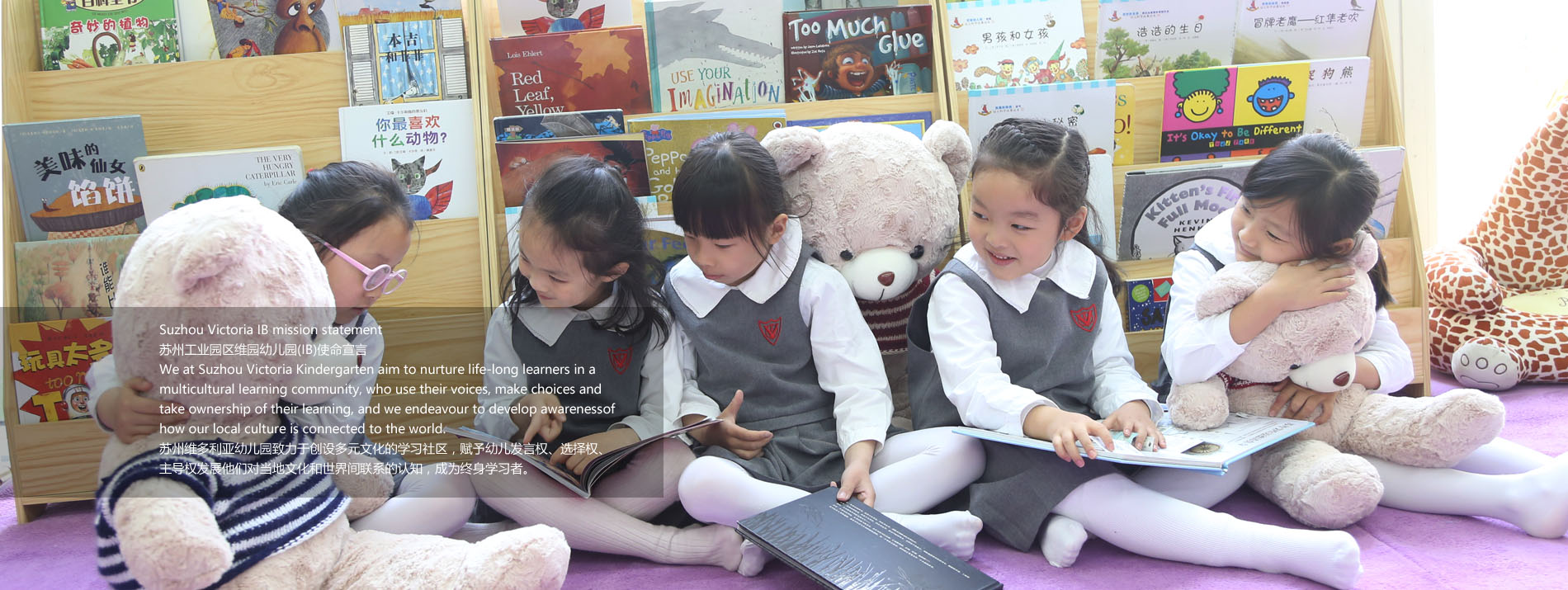基于超学科PYP主题
融合STEAM项目式学习-住宅
Where we are in place and time - Homes
亲爱的爸爸、妈妈,伙伴们,伴随着新年的悄然而至,中班组超学科主题“我们身处什么时空 ”在孩子们依依不舍的探究中迎来了尾声,在这一主题中,我们都有哪些不一样的收获呢?来,我们一起回顾一下吧!
With the arrival of the New Year our Unit of Inquiry, which allowed children the engaging exploration of “Where we are in Place and Time” has come to an end. In this unit, what did we learn?
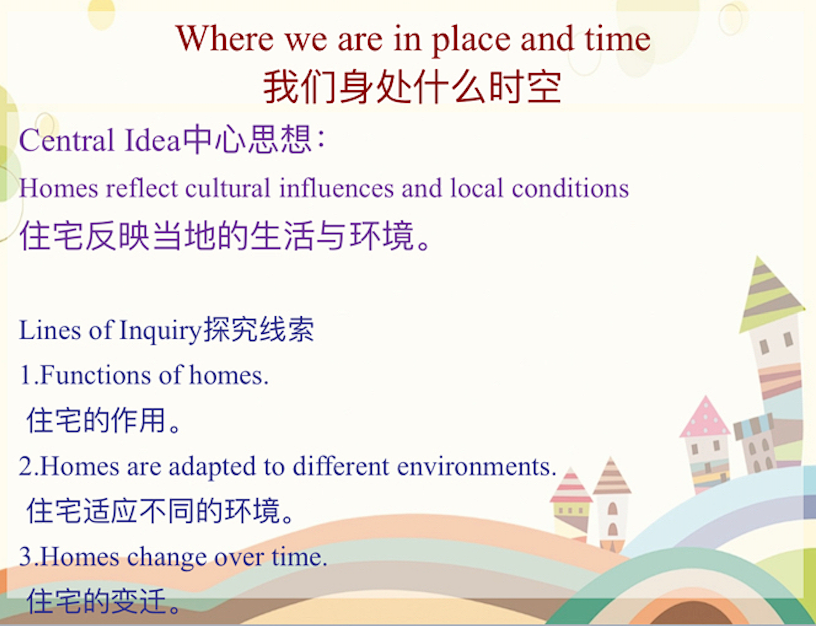
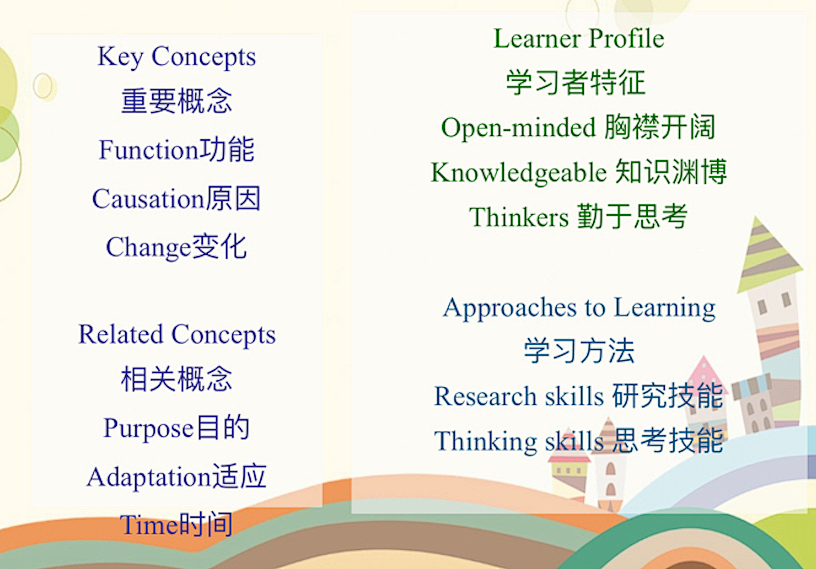
导入 Tuning in
我的家My Home
孩子们从自己熟悉的家出发,以视频,图片,海报等形式,展示他们房子的不同组成部分,并讨论每个房间的功能。孩子们相互聊一聊什么是家?家里都会有什么?我们为什么需要一个家?
We asked our students to make videos showing the different parts of their home and describing each parts functions, before uploading their videos on Toddle Student.
The children talked to each other about what a home is. What does a home have? Why do we need a home?
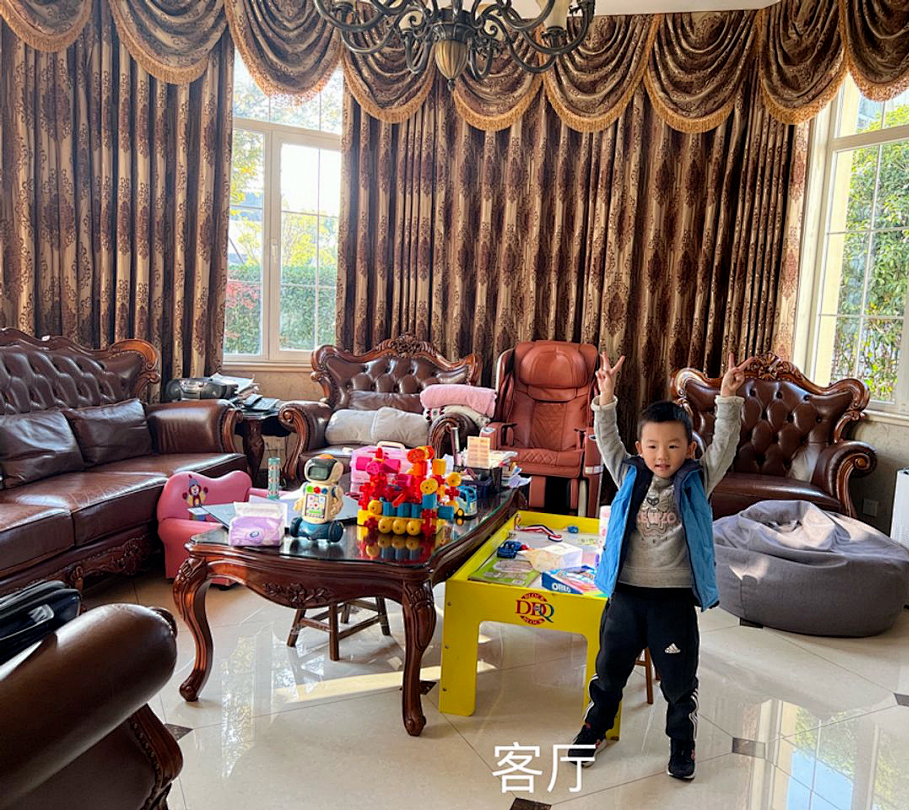
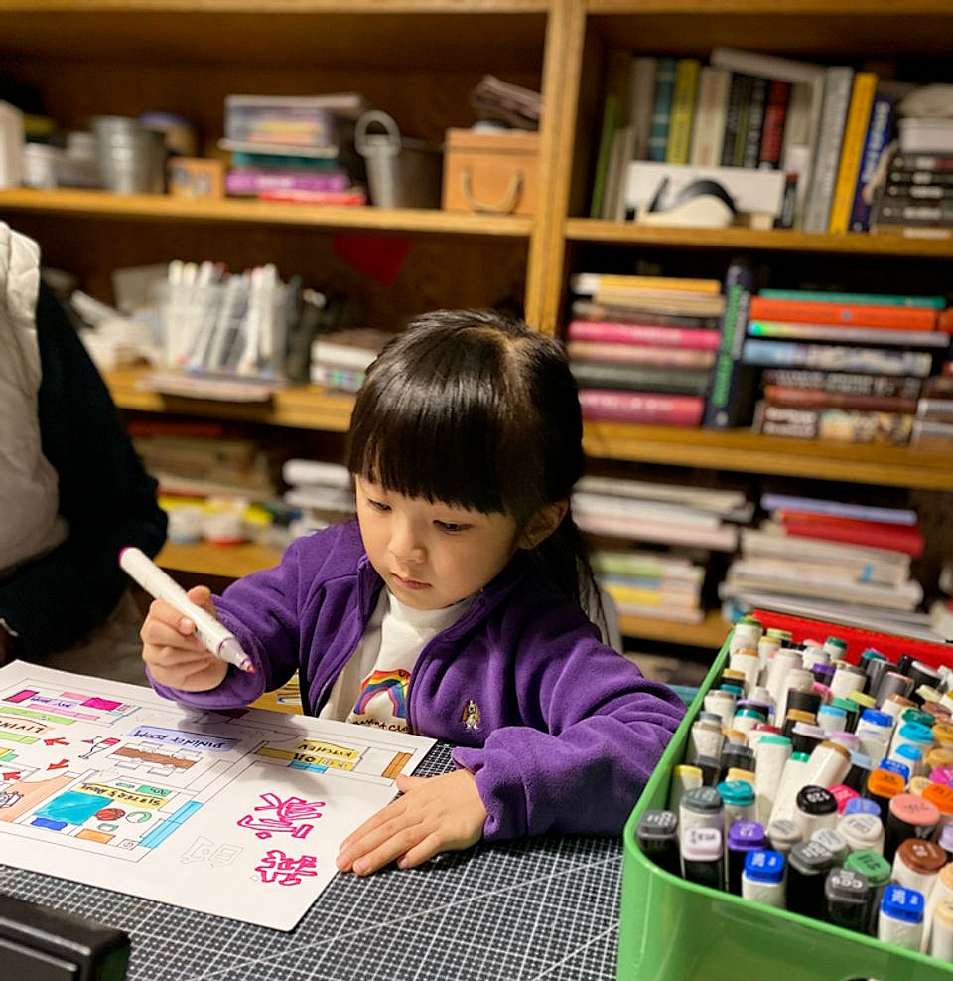

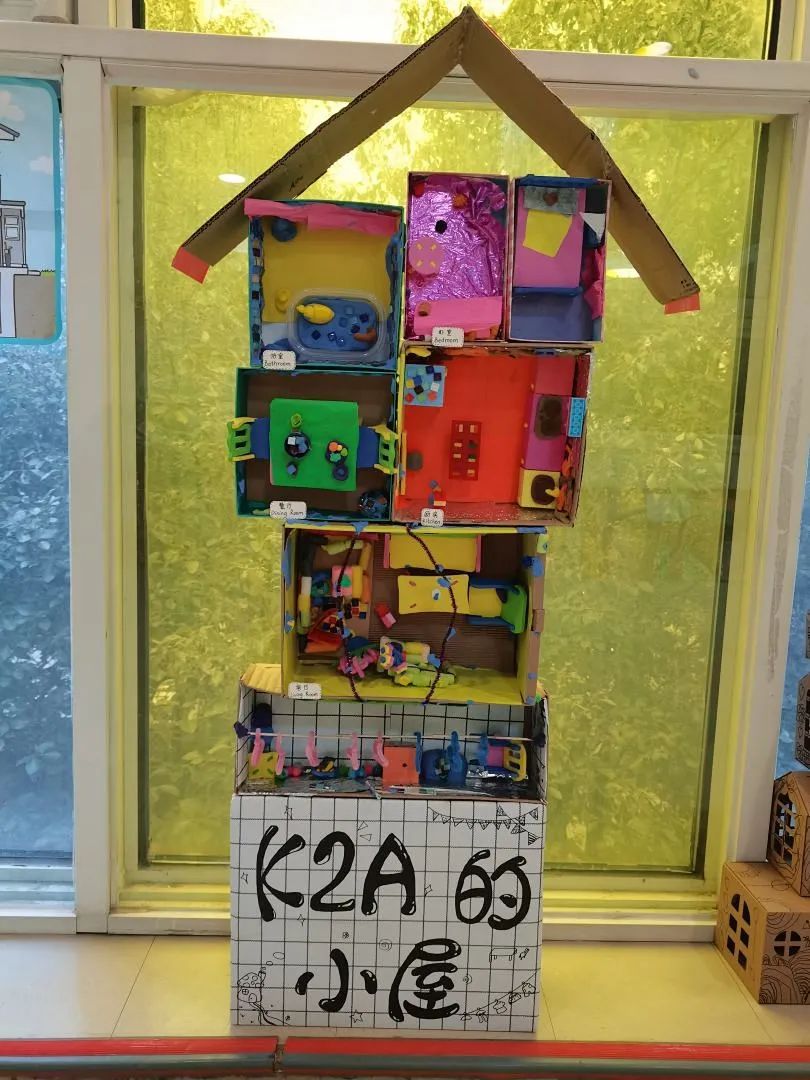
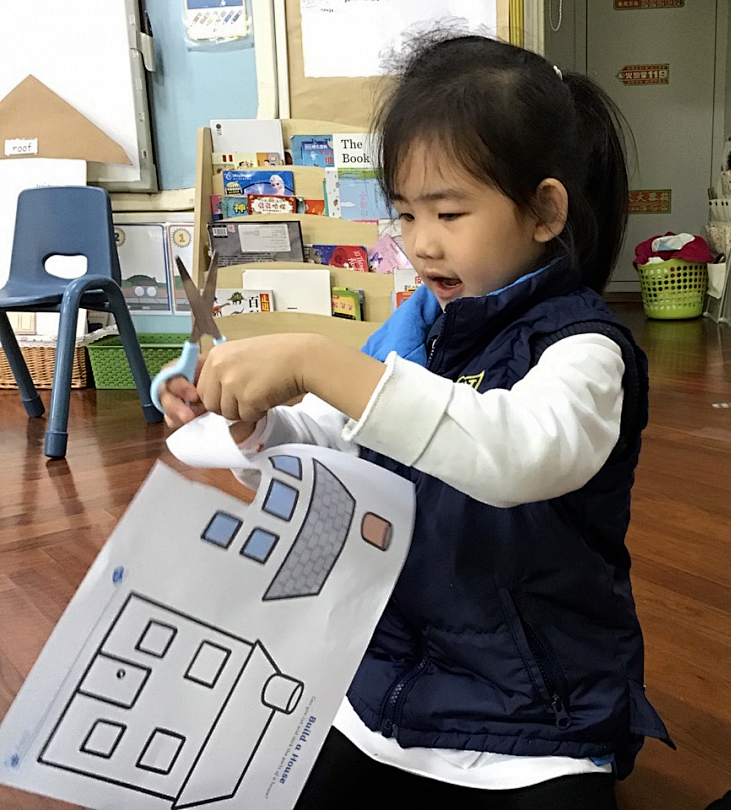
发现与探索
Finding out
幼儿认识不同地域、文化的房屋,了解房屋的不同功能和时代变化。同时他们对动物世界的建筑师充满了好奇,尝试制作小动物的家。
Children learned about houses in different regions and cultures,the different functions of homes and the ways they have changed over time. They were curious about the architects of the animal world and tried to make small animal homes.
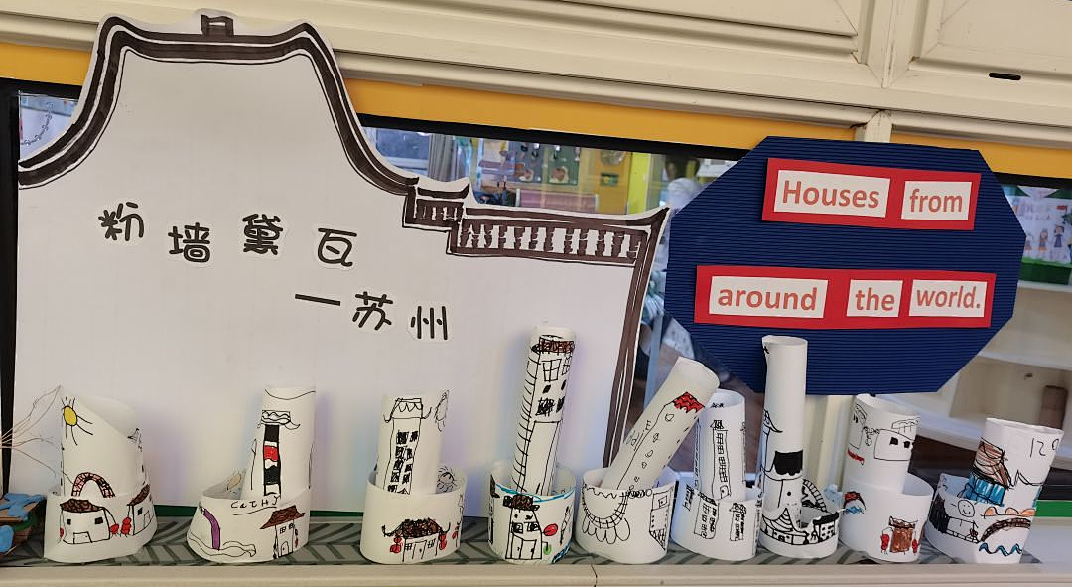
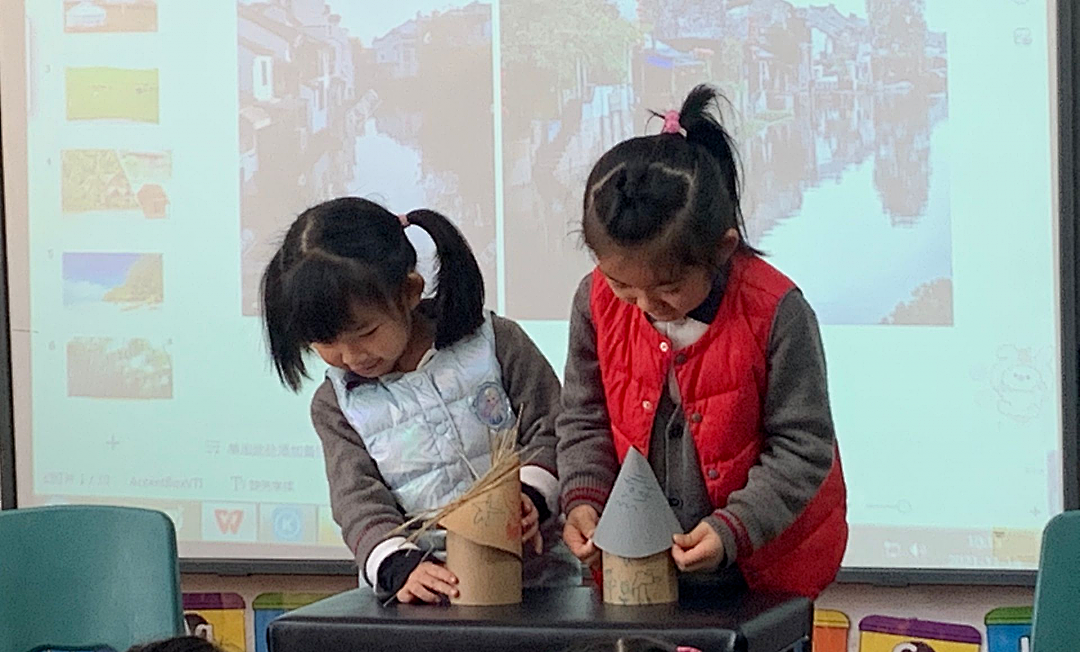
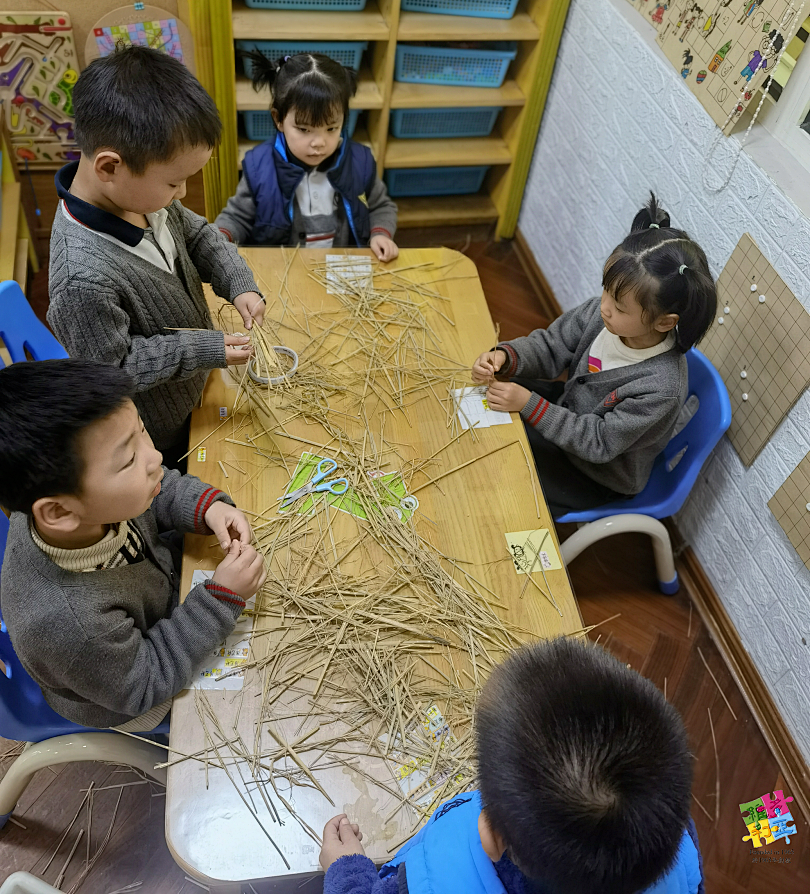
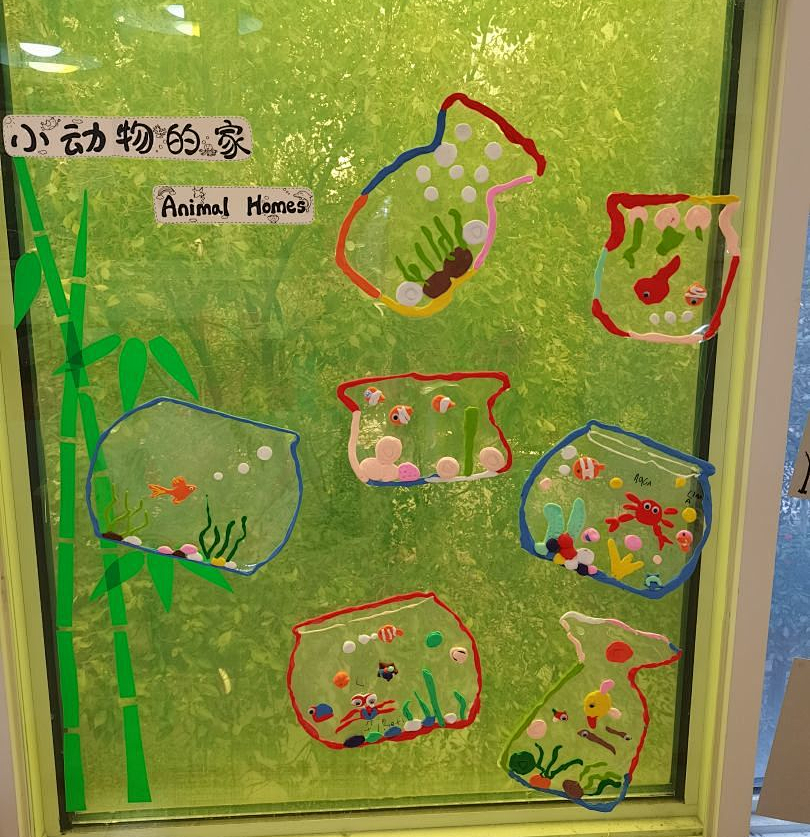
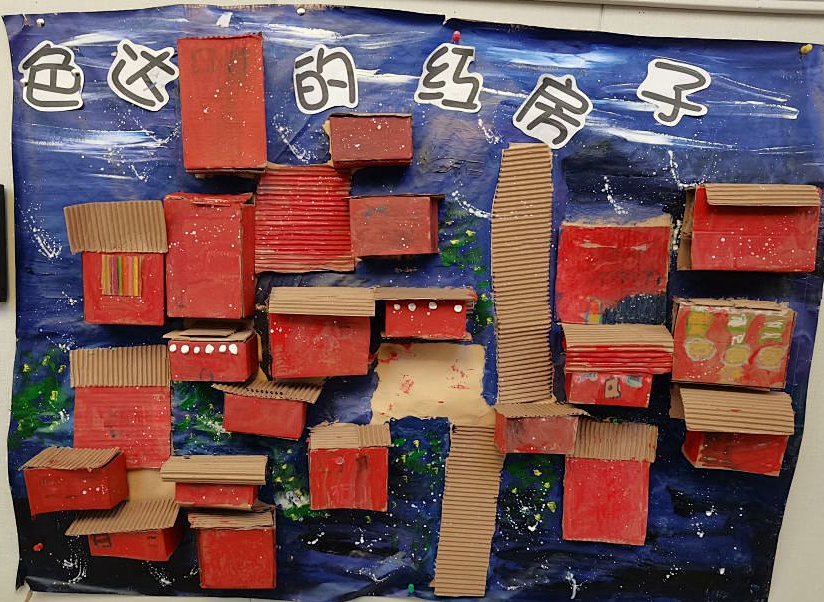
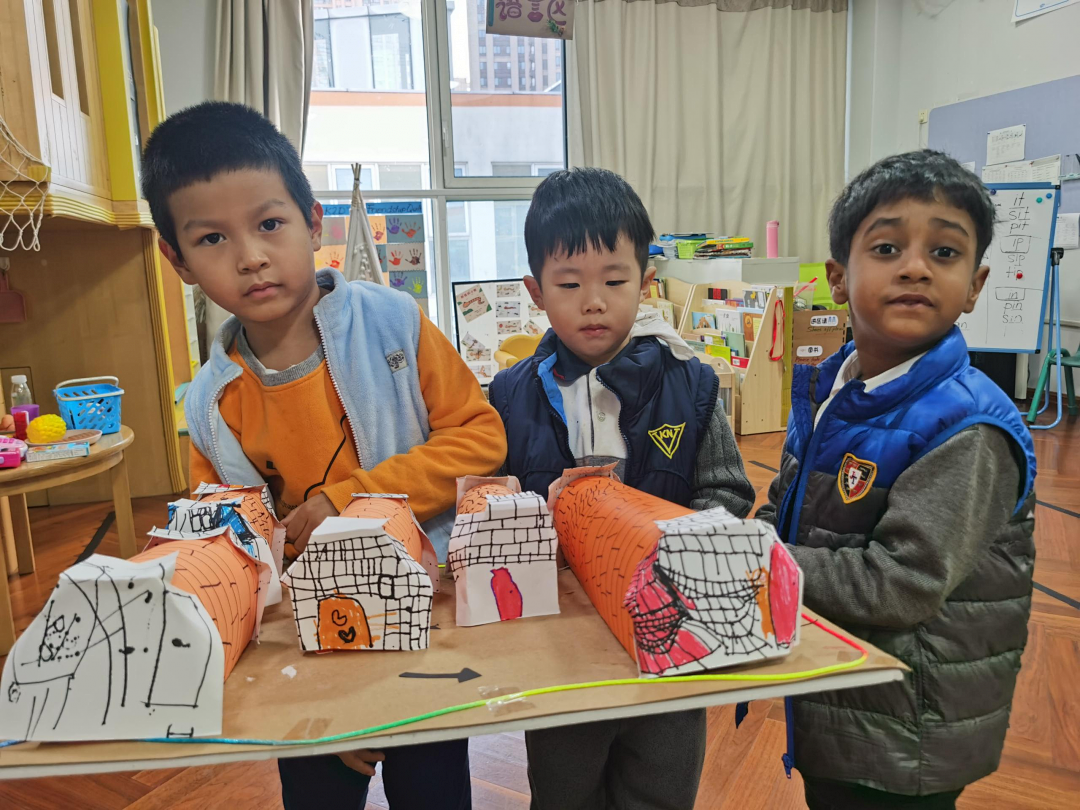
梳理 Sorting out
孩子们在解了世界各地的房屋后,萌发新的问题:我们居住的房屋是用什么材料怎样搭建起来的?大家展开讨论并调查收集信息,用绘画的方式记录搭建步骤:整平土地、打地基、搭建梁柱、盖大楼、盖屋顶、装修内部。
Children learned about houses all over the world. They learned that houses are made of different materials, such as: grass houses, stone houses and mud houses. A new question emerged: What materials are used to build the houses we live in? Children recorded the steps we need to build house (leveling land, laying foundations, building beams and columns, building buildings, roofing, decorating interiors) by drawing pictures.

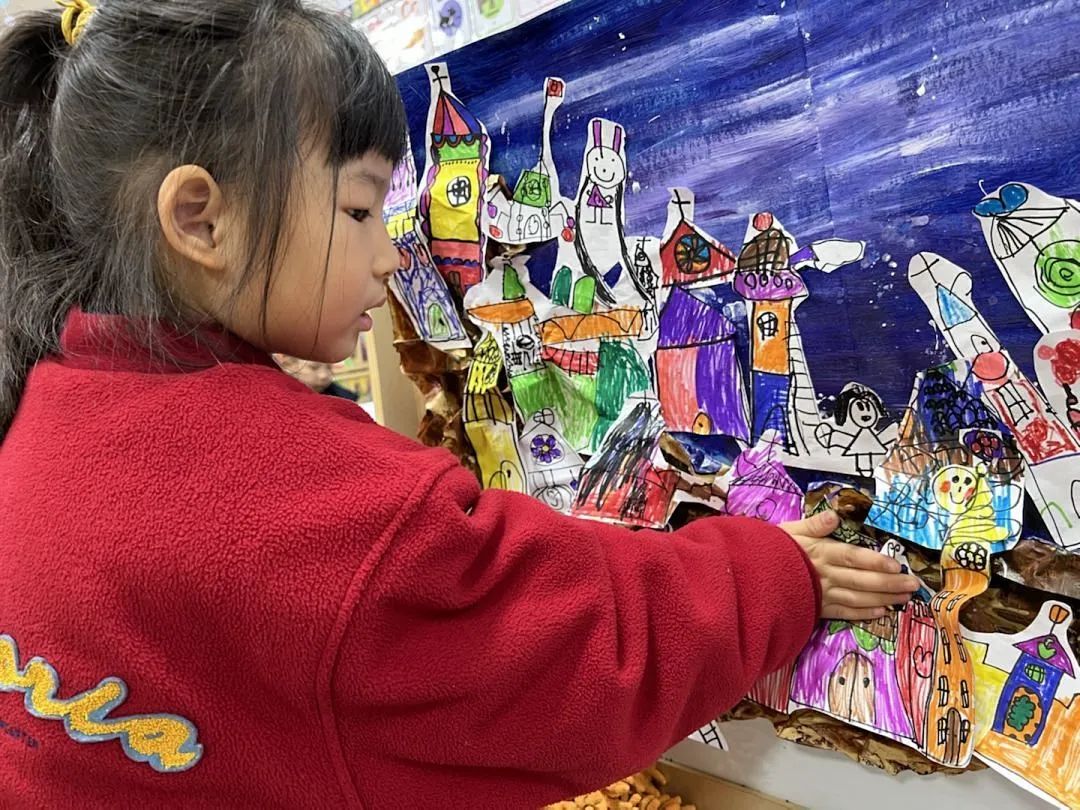
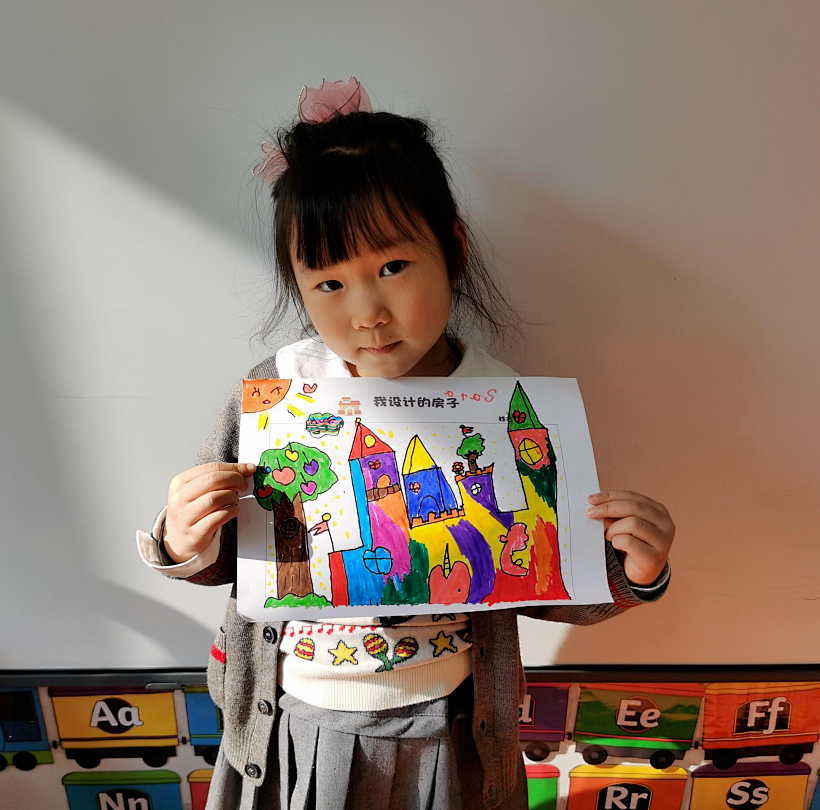
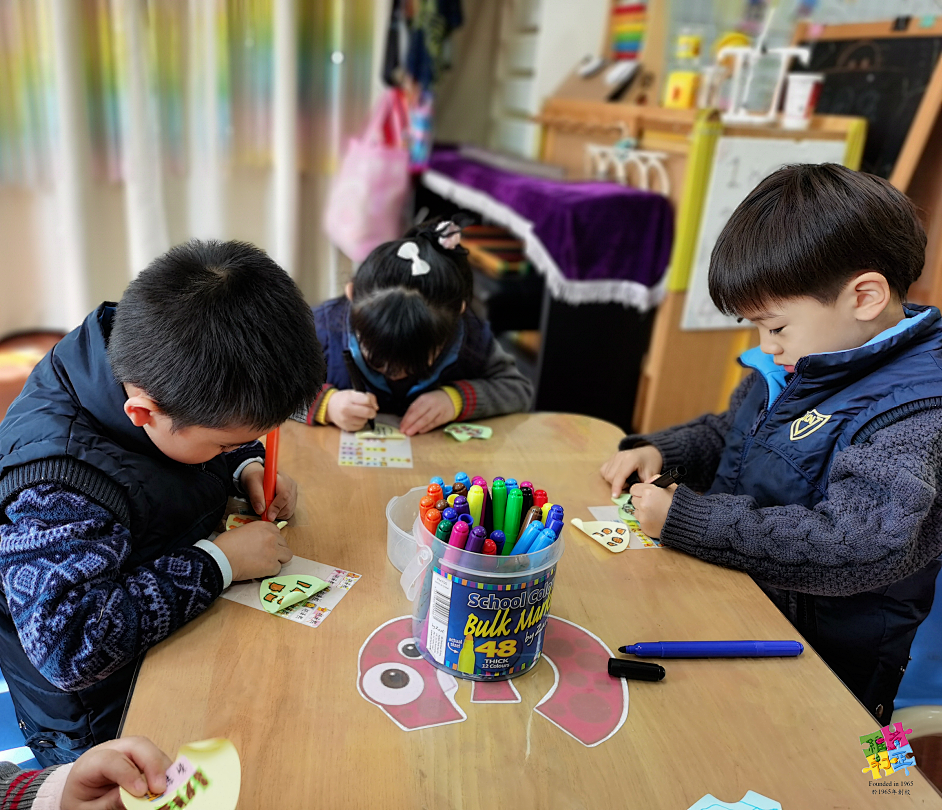
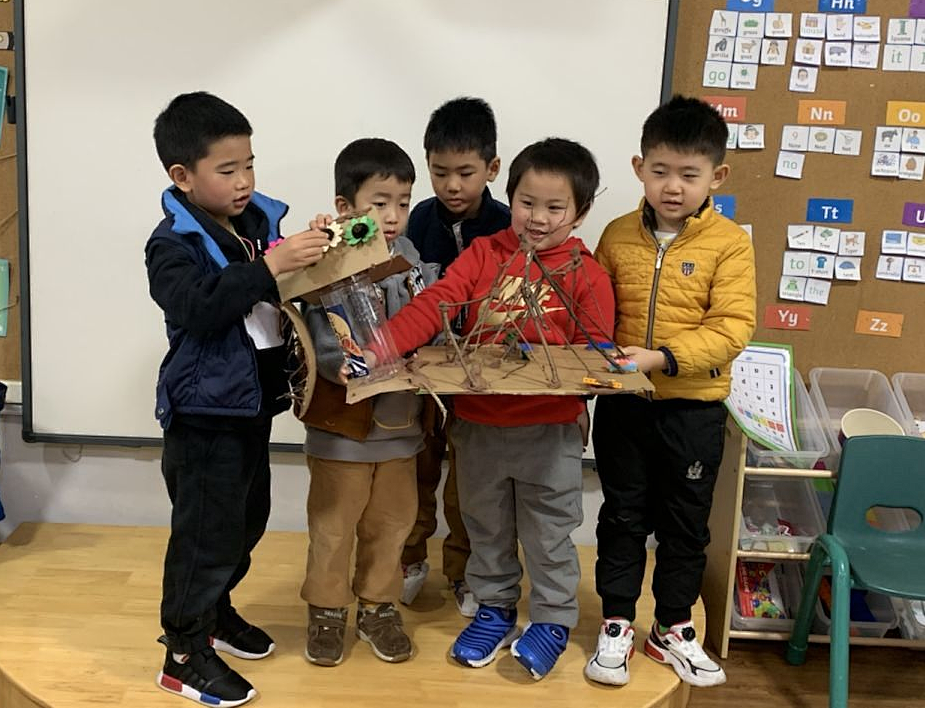
延伸 Going further
高迪用一种天马行空的姿态在自然界寻找灵感,把一切想象与不可能都放进了自己建造的房子中。孩子们通过认识著名的建筑设计师高迪,了解及其建筑风格的特点;尝试将曲线运用到房子的设计当中,并使用马赛克装饰,了解基本的配色原理从而感受高迪建筑风格的独特之美,学会欣赏、尊重和包容世界多元文化。
Gaudi drew his inspiration from nature and his style was unique and daring. He found that everything has its own form and structure; some were suitable for architecture, while others were suitable for decorating. He used his imagination and creativity to build a house. In this activity, the kids learned about Gaudi and his architectural style. They tried to apply curves to the design of their houses and learned about mosaic decorating, which required an understanding of basic colour matching techniques. This allowed them to feel the unique beauty of Gaudi's architectural style and learn to appreciate, respect and tolerate the diverse cultures of the world.
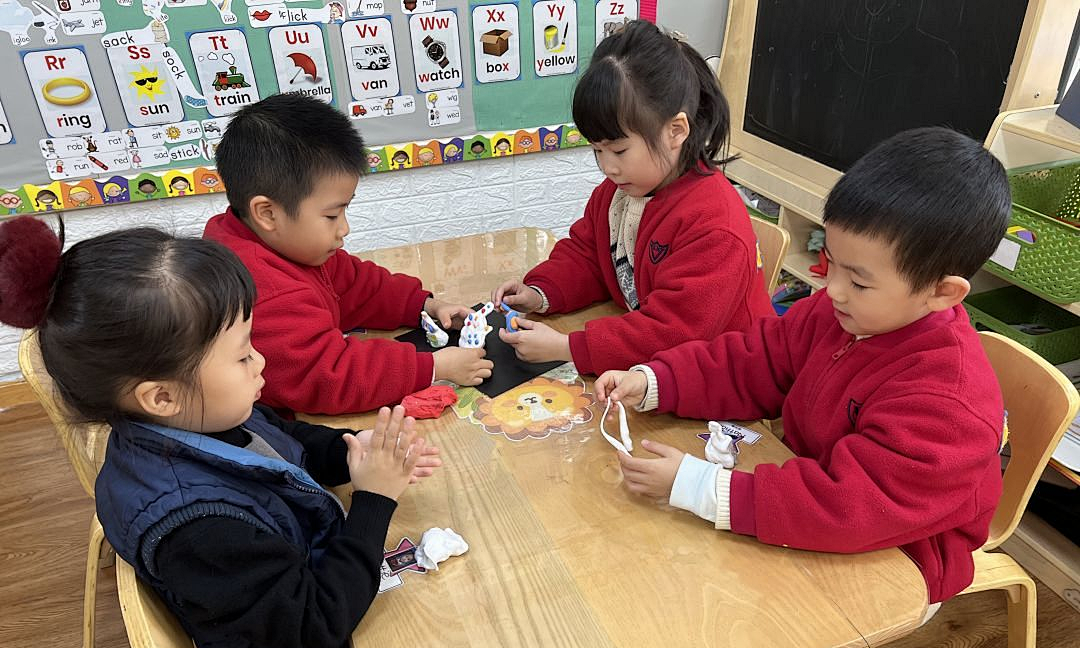
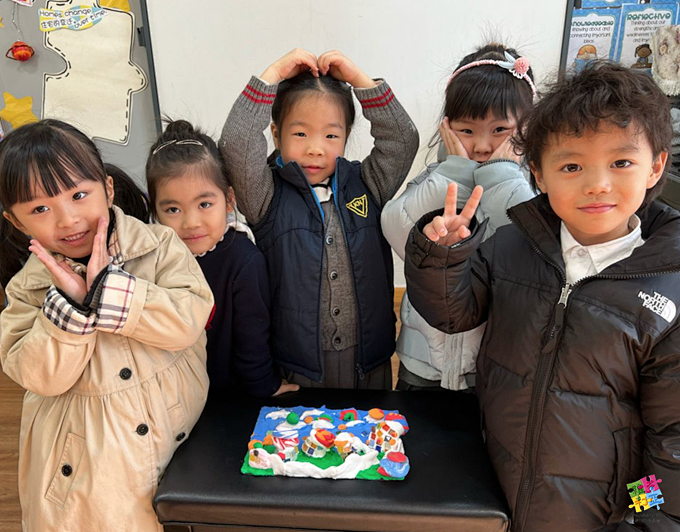
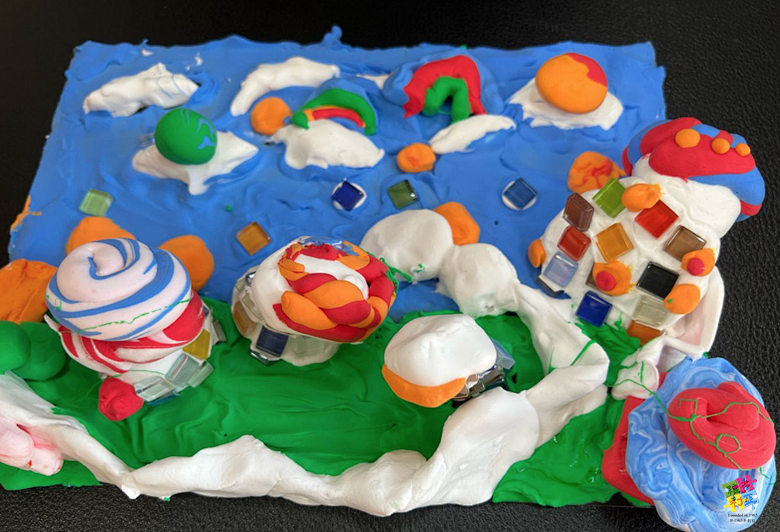
反思Reflection
怎样搭建坚固的房屋?房屋为什么会发生演变?未来的房屋是什么样子的?孩子们及时反思,以小组合作的方式进行小实验、调查报告、演讲会等,来进行探究、验证和分享。
The children gained a variety of knowledge about housing throughout this unit of inquiry, and also raised many questions: How do we build a strong house?, Why do houses change? Will the future of housing change? With these questions, the children partook in various small experiments and lectures to explore, verify and share.
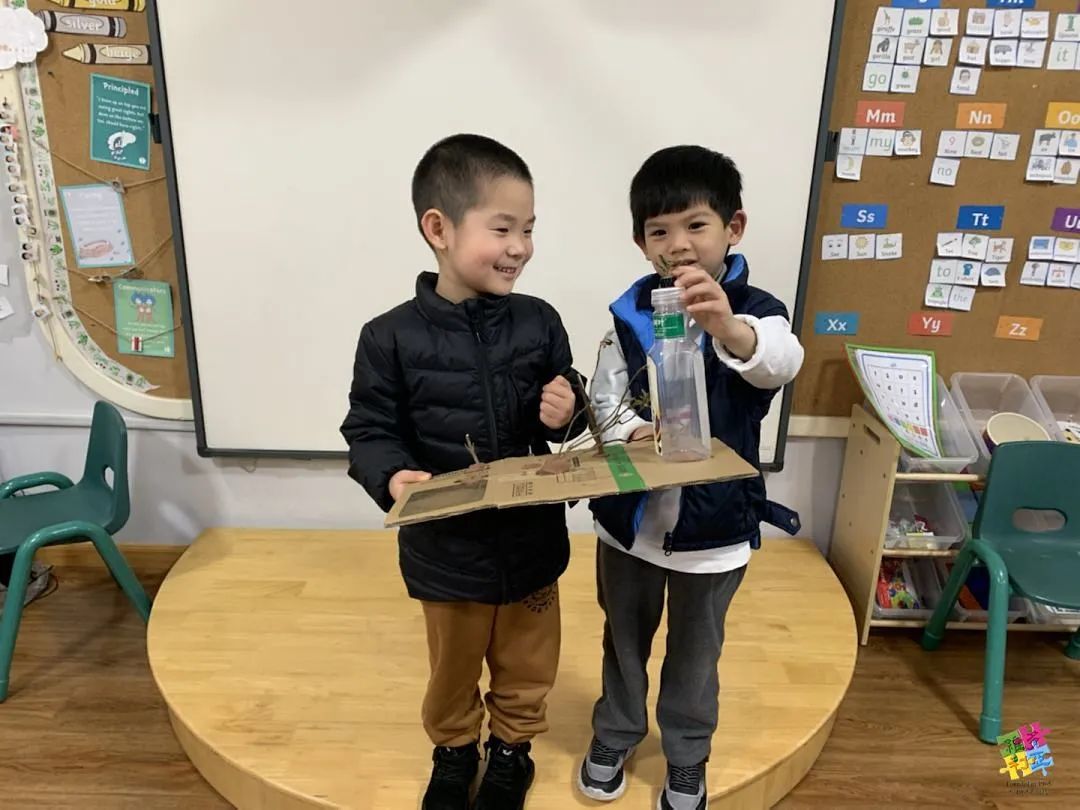
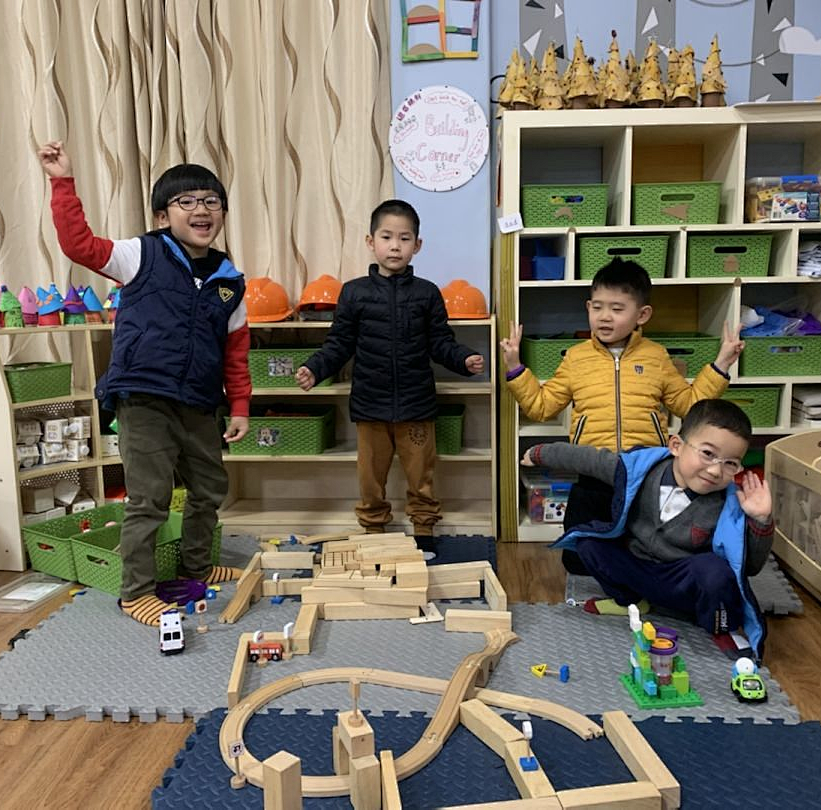
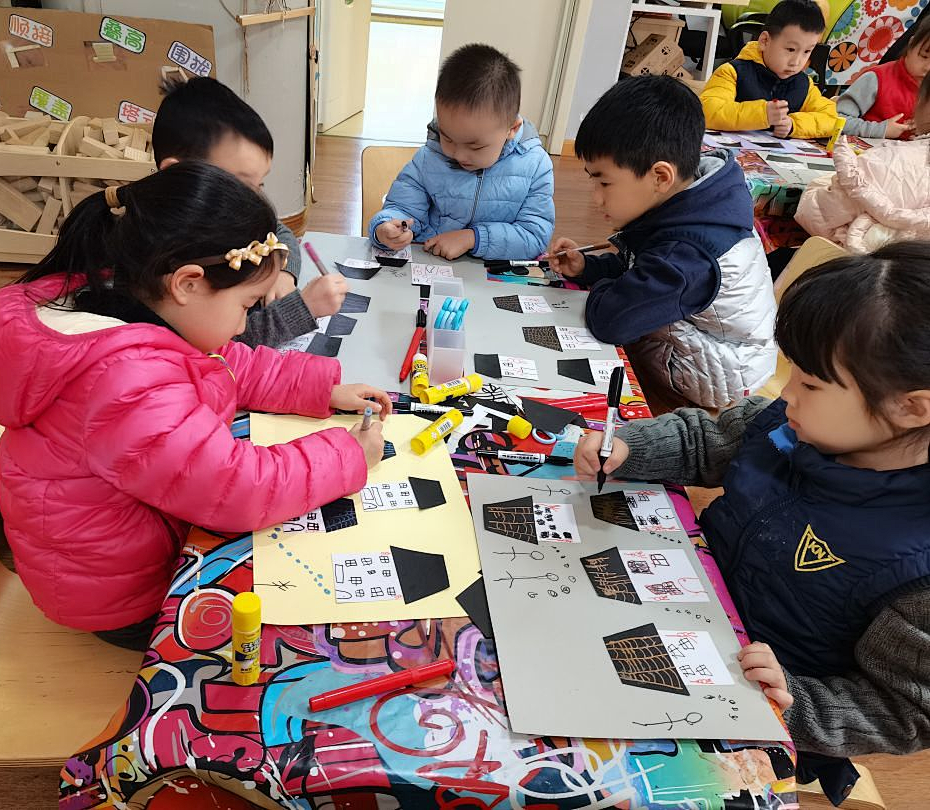
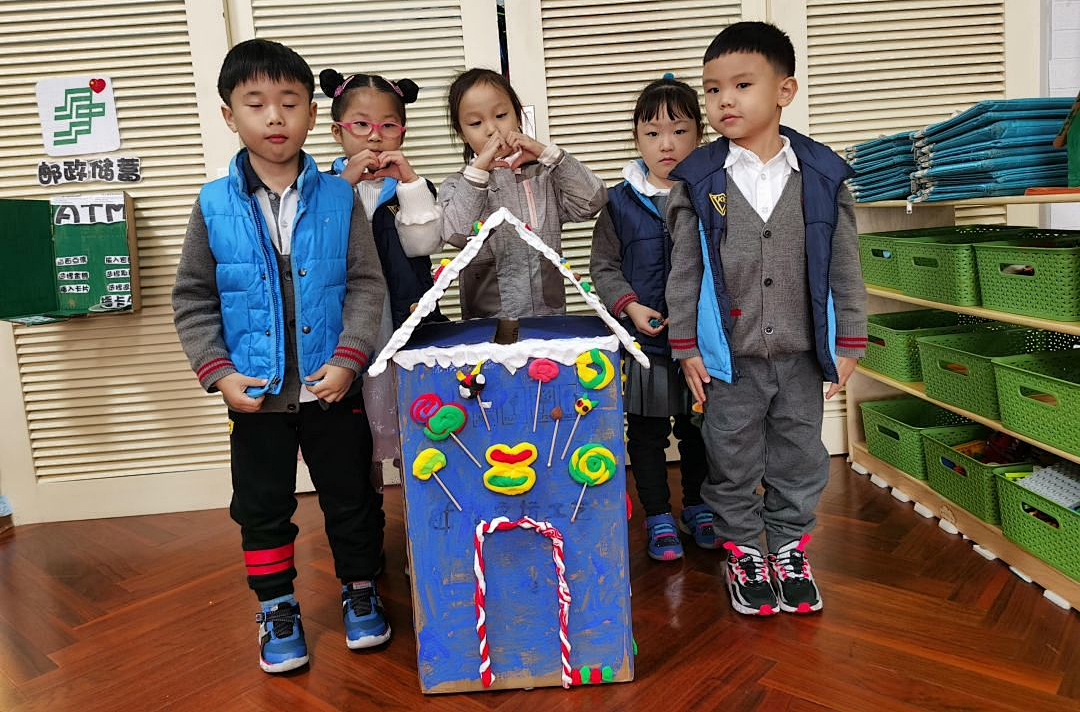
行动 Taking action
最后孩子们用学生主导会议向家长汇报、分享、展示自己的收获和成长。他们反思自己所学,自主选择单元的学科重点,如数学、艺术、语言、社会学等;结合单元核心概念设计区域游戏,和老师一起划分区域和投放材料。最后邀请家长来园,一起挑战不同的区域游戏,充分利用各种材料和学习空间,自信地介绍与分享自己在本单元所学到的知识和理解,积极展示自己的单元学习成果。
At the end of the unit, students reported, shared, and demonstrated their gains and growth to their parents through a student led conference. They reflected on what they have learned and independently chose a subject focus from the unit, such as: mathematics, art, language, sociology, etc. The teachers designed games based on the core concepts of the unit, and worked to divide areas and distribute materials. Finally, parents were invited to come to the kindergarten to accompany their child to attempt different games, make use of various materials and learning spaces, and confidently introduce and share the knowledge and understanding they have gained over this unit. The student-led conference allowed students to actively display and demonstrate the results of their learning over this unit.
